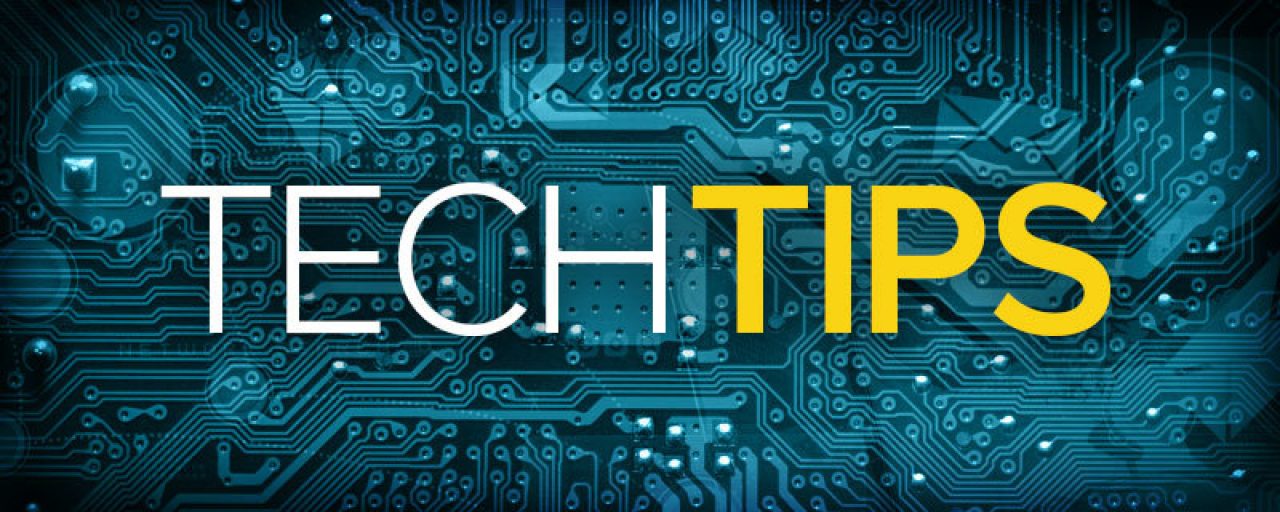Using CDs and DVDs with Your Computer
Most computers have optical drives capable of reading and writing CDs and DVDs. You can create a music CD, a data backup of files and even save your own movie.
Most computers have optical drives capable of reading and writing various types of CDs and DVDs. These drives can allow you to listen to music CDs or watch movies. Depending on the type of drive you have, you can create your own music CD, create a data backup of programs or files, and even burn your own movie. When you start looking at all the different drives and types of discs, it can be a bit confusing; there are a lot of associated terms and abbreviations. So today we’ll take a look at some of those terms.
Readable – Means you can only read the information on the disc, but can’t write to it.
Writeable – Means you can burn (write or place) data, music, or video on a disc.
Burn – The process of writing data to a disc. It’s referred to as "burn" because a laser is used to burn the information on the disc.
Disc Types
CD – Compact Disc. These are CDs that can be used to read or write data. Compact Discs can hold about 700MB data.
DVD – Digital Versatile Disc. DVDs can be used to read or write data, and have more space than CDs. A typical DVD can hold about 4.7GB of data.
BD – Blu-ray Disc. An example is a Blu-ray movie. BD can hold about 25GB of data.
Associated Abbreviations
-ROM – Stand for Read Only Memory. A ROM disc can only be viewed or read. An example is a music CD bought from a store or a DVD Movie bought from store. This type of disc cannot be written to.
-R – Stands for Recordable. You can write to this disk once. After they have been written on they become a –ROM disc: only readable.
-RW – Stands for Rewritable. You can write to this disk then erase it and write to it again. Typically, it can be erased and reused 1,000 times and last around 50-100 years.
-DL – Stand for Double (or Dual) Layer. Double layer disc have twice as much disc space than a normal disk.
Any type of disc can be paired with an abbreviation. For example: if you had a CD-RW you would have a CD that you can write, then erase it and rewrite over it up to 1,000 times. If you had a BD-R you would have a Blu-ray that you could write to once and then it would become a ROM disc.
Discs can be used for many different things and are handy tools. CD-R and CD-RW discs are great for smaller amounts of data storage: music, photos, and documents. DVD-R and DVD-RW discs are typically used for movies, long-term data backup, and to transport larger amounts of data. Since these discs are relatively cheap and the drive is already built into your computer, it’s a good idea to be familiar with them and how they work.
Questions? Let us know in the comments below.

 Member Connect
Member Connect